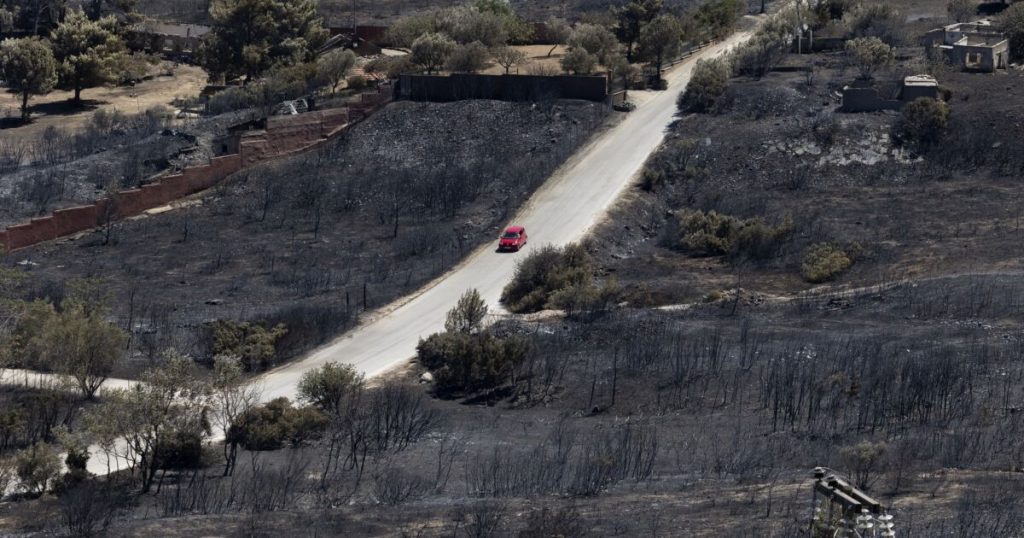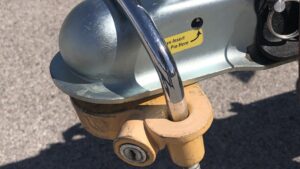Why improving FNOL can reduce insurance claim costs

An accident occurs every 10 seconds in the U.S., and the number of severe accidents has dramatically increased due to recent changes in driver behavior. The vast majority of these accidents lead to storage and secondary tows averaging $950 per claim, or $3 billion across the industry.
Not only can on-scene first notice of loss dramatically reduce claims expenses, it can also improve customer experience. FNOL is the first opportunity for most policyholders to interact with their insurer and utilize coverage costing an average of $1,771 annually. Reducing stress and helping policyholders quickly and easily deal with vehicle emergencies capitalizes on this policy investment, building critical loyalty. In addition, on-scene FNOL reduces total accident cycle time by an average of 7.5 days, according to Agero data. This improves the overall policyholder experience, getting vehicles back in working condition and on the road.
No one wants an accident, and they want to report it even less
Consumers remain hesitant to notify insurers promptly, even if inevitable. Just 9-13% of policyholders provide FNOL at the scene. In fact, it typically takes five to ten days for insurer notification. With storage costing $50-60 per day, according to Ageron data, on average, that’s adding $250 – $600 per claim. This is not only true for minor accidents where vehicles can drive away. For severe accidents requiring a tow or resulting in airbag deployment, only 15-20% of policyholders provide on-scene FNOL.
There are three barriers to reporting FNOL on-scene:
Expectation of a disproportionately negative impact on premiums for small claims
Research shows consumers’ primary hesitation is putting premiums in jeopardy over minimal damage, opting instead to pay out of pocket. However, failure to report may put policyholders at risk or result in unnecessary costs, while unreported damage can impact vehicle reliability or be fraudulently reported during future claims. Your team is in the best position to advise customers, so make it easy to quickly connect and determine if a claim is appropriate and/or required.
Failure to realize on-scene FNOL can impact driver and passenger wellbeing
On-scene FNOL, especially when triggered by automatic crash detection, can allow both emergency services dispatch and initiation of the claims process. These services can quite literally save the policyholder’s life and enable faster capture of the non-drivable vehicle, reducing overall claim cycle time by several days.
Lack of process awareness due to the infrequent nature of accidents
Uninjured policyholders with significant damage don’t report FNOL on scene because they didn’t think of it, they didn’t have their insurance information handy, or they didn’t have the time. Making outreach automatic or easy can help overcome these barriers.
Crash detection technology can dramatically improve on-scene FNOL
Not everyone uses connected vehicles or smart phone apps even though they make crash detection available in nearly every vehicle. Crash detection has great potential for saving lives and reducing claims expenses by instantly notifying emergency services and insurers that a policyholder has been involved in an accident.
Claims organizations have been working hard to leverage crash detection response to improve claims experience and outcomes, while automotive manufacturers are incorporating crash detection into connected vehicles to drive repair center volume. Even given older cars without connected capabilities, over 90% of drivers have smartphones, most of which are capable of detecting crashes with the right app.
The challenge is consumer failure to take advantage of this crash detection capability. Connected vehicle owners often don’t subscribe to fee-based services. For crash detection apps, requiring a separate download versus implementing functionality within existing insurer apps causes friction and limits usage.
Accidents happen by accident; FNOLs happen by design
Knowledge is power. Accidents are stressful and disruptive, and when one occurs, many policyholders don’t know what to do. Do I call the police? Should I let them tow my vehicle? What information should I collect? When and how should I file a claim?
Once safety and wellbeing are addressed, the overwhelming desire is to get on with life with as little cost, effort, and disruption as possible. Consumers don’t know that delays in filing a claim can add complexity and cycle time for returning a car to service. This presents an opportunity to gently engage policyholders beforehand to discuss how to best handle an accident. It’s important for insurers to educate policyholders on the necessary steps and potential negative impact of delaying notification.
Another strategy is to minimize FNOL effort by eliminating phone calls to the insurer. Locating policy contact information and calling into a claims organization adds friction during an already stressful time. Instead, insurers should integrate mobile apps and claim systems for digital notification and claim submission. Agero research shows that a user-friendly app with FNOL capabilities would boost on-scene FNOL for nearly 20% of consumers. In addition, digital submission can facilitate claims efficiency and decrease call center congestion through improved accuracy, automatic time/location stamping, and photo uploading.
A key factor influencing digital FNOL success is how easy and intuitive an app is for accident reporting. Consider putting a reporting button on the home screen or prominently displayed on the main menu, increasing the likelihood that policyholders remember to use the app when an accident occurs. If the “report an accident” workflow requires multiple clicks from the home screen, chances are most users won’t even know it’s there.
Accidents aren’t happy events, but they can be better managed
The good news is that it’s possible to improve on-scene FNOL to benefit insurers and policyholders. The industry is making progress with crash detection and mobile FNOL. But it’s a long road ahead. Meanwhile, there are important steps insurers can take to make FNOL easier and educate policyholders on the benefits of early reporting.



